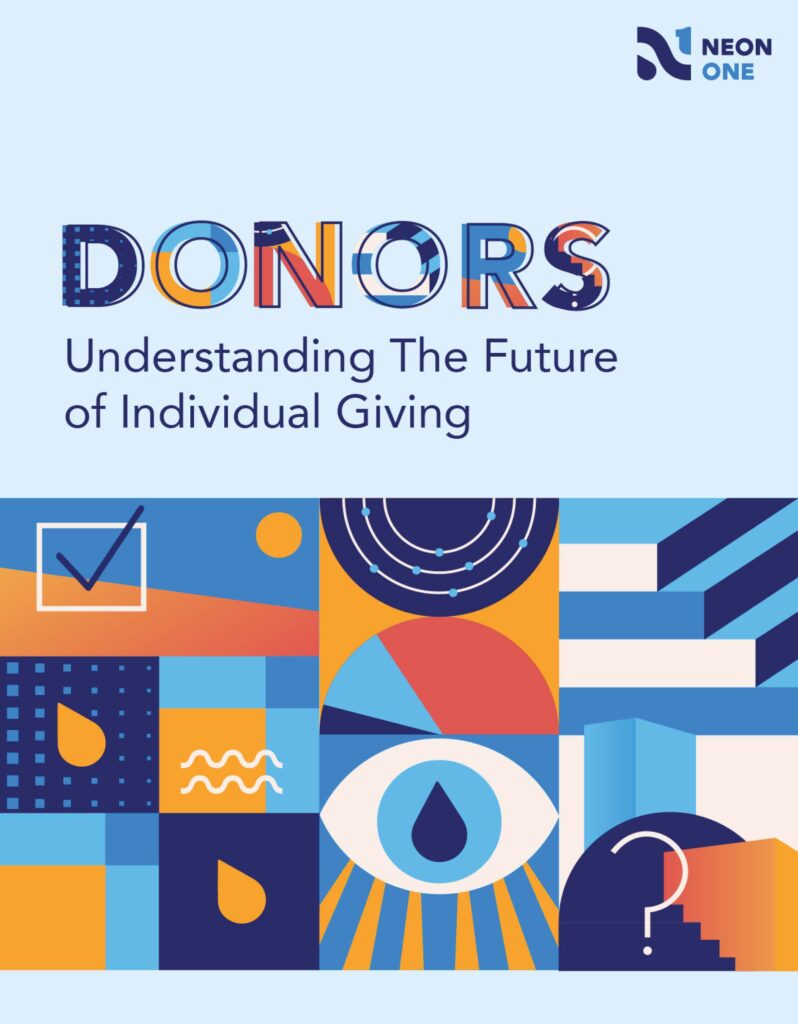Charities Aid Foundation World Giving Index 2022
What is this Report?
The report is an annual report that looks at global giving focusing on three areas: helping strangers, donating money to charity and volunteering time. The report has surveyed 1.95 million people since 2009. For 2022, CAF included data from 119 countries, which was 90%+ of the total adult population on the earth.
Read More »Charities Aid Foundation World Giving Index 2022